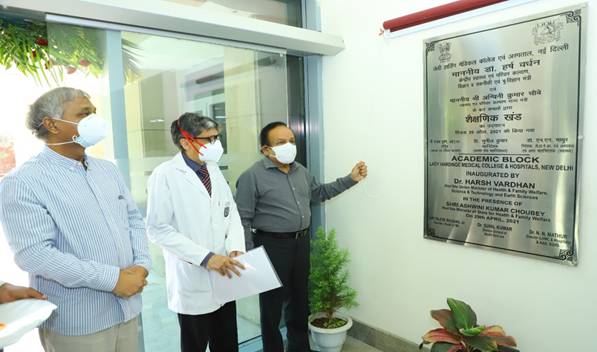The presence of pathogenic bacteria and fungi, including multi-drug resistant “superbugs,” on various surfaces of hospital toilets in the UK has been highlighted at the ESCMID Global Congress (formerly ECCMID) in Barcelona. The study, presented by Professor Stephanie Dancer, a consultant microbiologist at NHS Lanarkshire, UK, underscores the potential risks of contamination and the need for enhanced infection control measures.
The research revealed that floors, ceilings, door handles, and other surfaces in hospital toilets harbor a concerning array of microbes, with patient toilets showing the highest contamination levels. Notably, women’s bathrooms exhibited fewer microbes compared to men’s, with female staff toilets being the cleanest. Conversely, unisex and disabled toilets were found to be the most contaminated, raising concerns about the implications of converting traditional gender-specific facilities to unisex ones.
Professor Dancer speculated on the potential mechanisms of microbial spread within the bathroom environment, including the possibility of toilets without lids dispersing microbes when flushed. The study suggests a correlation between hand hygiene practices and microbial contamination, with women generally exhibiting higher cleanliness standards compared to men.
For the study, samples were collected from toilets in three general hospitals in NHS Lanarkshire, encompassing various surfaces in different types of toilets. The analysis revealed a diverse range of pathogens, including Staphylococcus aureus, Escherichia coli, and Aspergillus fungi, with a substantial proportion being multi-drug resistant.
Interestingly, the research found that floors and high surfaces harbored higher levels of aerobic bacteria and fungi compared to hand-touch sites, possibly due to differences in cleaning practices. Moreover, Gram-negative pathogens were detected on air vents and ceilings, indicating the potential for aerosolized transmission during toilet flushing.
Female toilets demonstrated lower microbial burden compared to male toilets, attributed to more frequent handwashing among females. Gender-neutral toilets, on the other hand, exhibited the highest microbial levels, likely influenced by heavier use and varying attitudes towards cleanliness.
In light of these findings, Professor Dancer emphasized the importance of implementing infection control measures, including the installation of toilet lids and more frequent cleaning of patient toilets. She cautioned against the widespread adoption of unisex toilets, advocating for the retention of single-sex facilities.
The study underscores the need for heightened awareness of hand hygiene practices and infection control measures in healthcare settings. Professor Dancer recommended closing the toilet lid before flushing and promoting adequate ventilation in bathrooms to mitigate the risk of microbial transmission.
While the study focused on hospitals in the UK, similar findings are likely applicable to healthcare facilities worldwide, highlighting the universal importance of maintaining stringent infection control protocols.
In conclusion, the research underscores the critical role of hygiene practices in mitigating the spread of pathogens in hospital environments, emphasizing the need for ongoing education and adherence to infection control guidelines.












